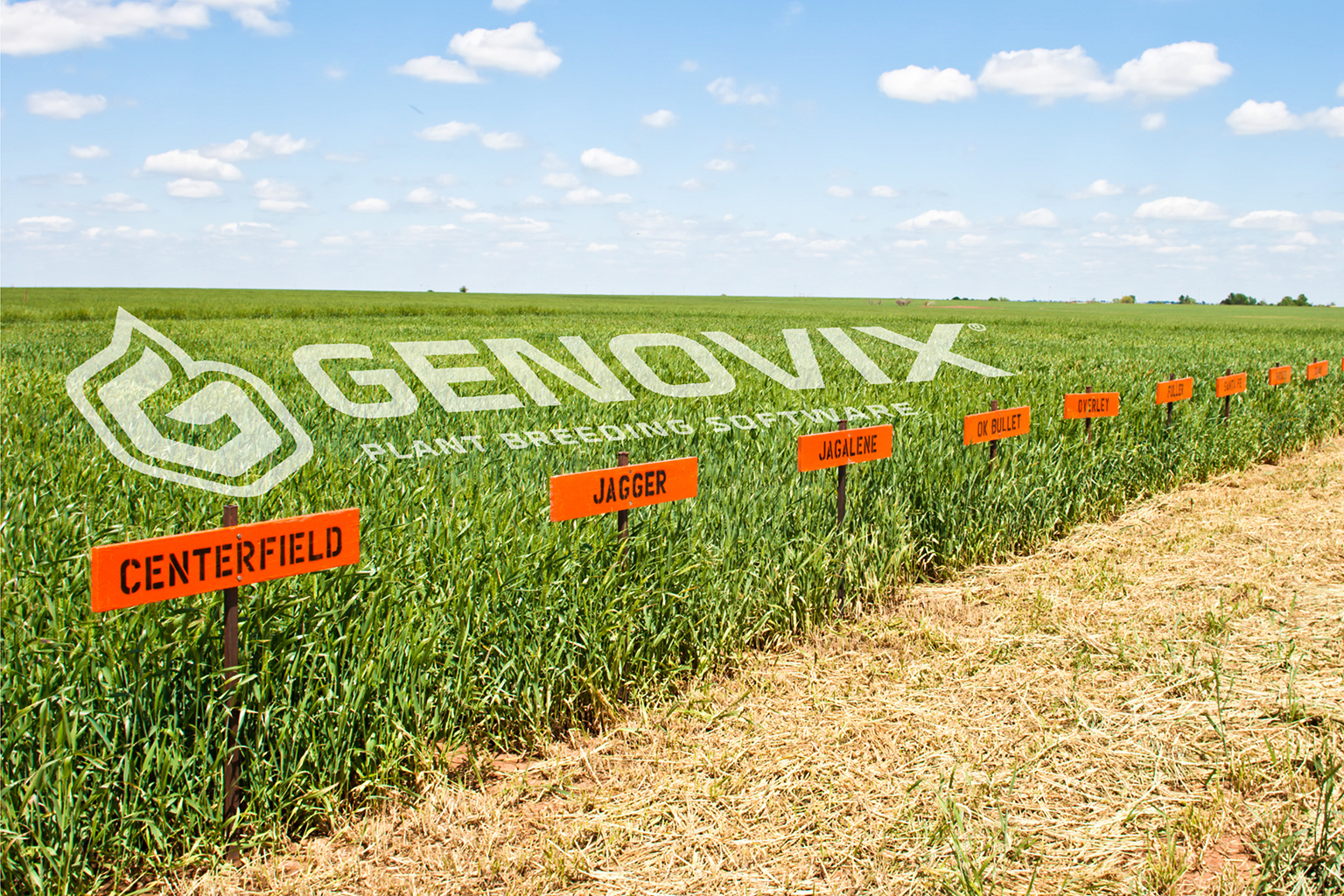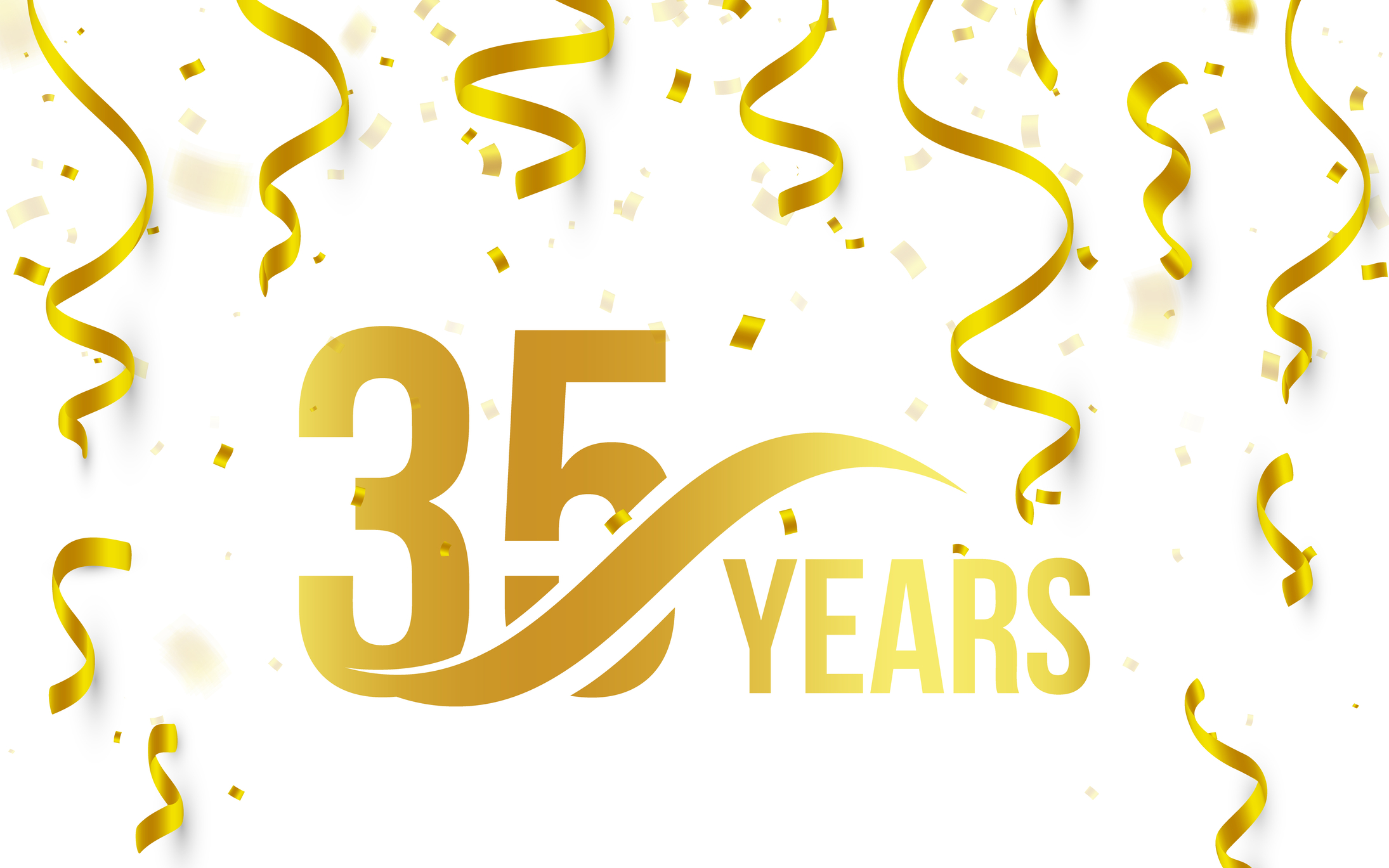
By Christopher Leonard
Introduction: From Early Adopter to Global Phenomenon
Back in March 2022, I wrote an article titled “The Rise of WFH (Work From Home)” and noted:
“The new normal is no longer new — it’s simply the way many of us live and work now.”
I’ve been working from home since 2013—long before it became fashionable or necessary. Those early years taught me both the freedom remote work enables and the discipline it demands. When the world shifted in 2020, the grand experiment began at scale. What followed was a rapid rise, a period of pushback, and today’s recalibration toward hybrid.
The Rise: When Work Stopped Being Place-Bound
Necessity met technology
- Lockdowns forced remote adoption; mature tools (Zoom/Teams/Slack) and cloud platforms scaled quickly.
- Commutes disappeared, returning hours to workers for focus or family.
Productivity and cost efficiency
- Many teams held or lifted output under WFH.
- Organizations reduced real-estate and facilities spend.
Talent, preference, and retention
- Flexibility became a top reason to stay or switch employers.
- Geographic hiring widened the talent pool for employers and choices for employees.
The Pushback: Friction, Limits, and Reassessment
Collaboration, innovation, and culture
- Spontaneous learning and idea flow are harder to replicate fully remote.
- Onboarding and mentoring newer staff need more intentional design.
Well-being and boundaries
- Blurred lines led to longer hours, isolation, and ergonomic issues.
- Monitoring tools introduced new concerns around trust and privacy.
Inequities and career effects
- Not all roles can be remote, creating divides inside organizations.
- Remote workers can face “out of sight, out of mind” promotion risks.
Return-to-office and hybrid mandates
- From 2023 onward, many employers shifted to hybrid or partial RTO for collaboration and culture.
The Present: Hybrid Becomes the Norm
Hybrid has emerged as the center of gravity. The critical questions are no longer whether to be hybrid, but how to make it equitable and effective: which roles, which days, and what practices ensure equal access to mentorship, visibility, and growth.
Lessons from a Decade at Home
- Flexibility is non-negotiable: rigid mandates can erode trust.
- Culture must be intentional: connection doesn’t happen by accident.
- Boundaries protect well-being: sustainable performance requires them.
- Measure results, not presence: outcomes matter more than office hours.
- Design for equity: ensure remote and in-office staff have equal opportunities.
Conclusion: The Evolution Continues
As I argued in 2022, we won’t go back to what was—only forward to what works. The “fall” of WFH is really a maturation into smarter hybrid work: autonomy where possible, togetherness where valuable, and performance measured by outcomes rather than location.
About the author
Christopher Leonard is President & General Manager at Agronomix Software. He writes about leadership, innovation, agriculture, and the future of work.
What to read next

Recognized by the Industry: Why Agronomix Is the Trusted Leader in Plant Breeding Software
Published outubro 28, 2025

Agronomix at 35: Innovation, Agriculture, and a Global Legacy in Plant Breeding Software
Published agosto 12, 2025

Genovix Software: Empowering Product Development in the Seed Industry
Published agosto 5, 2025